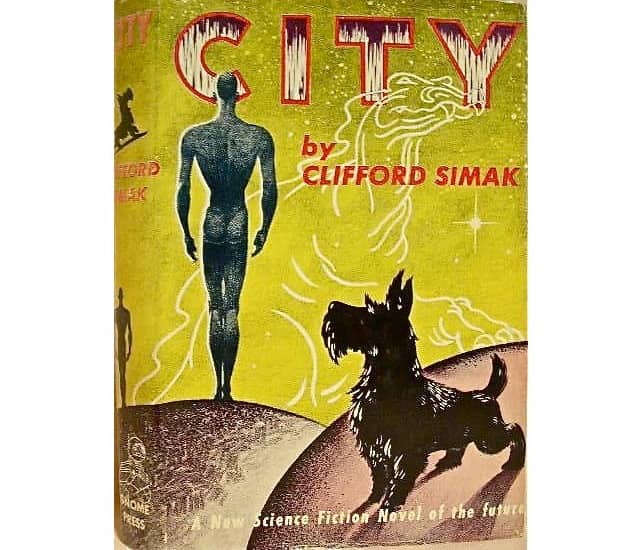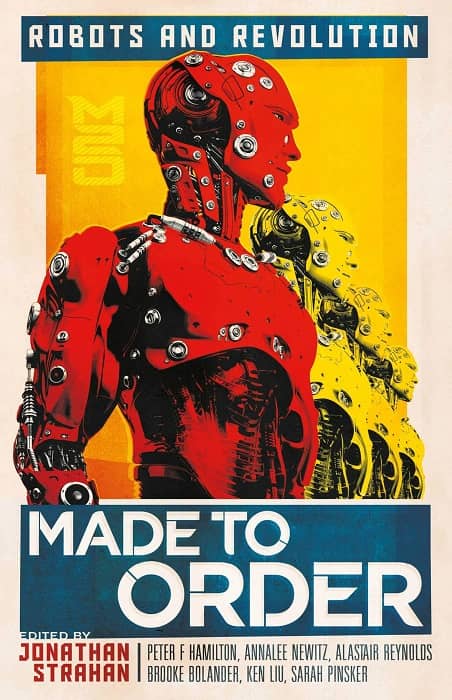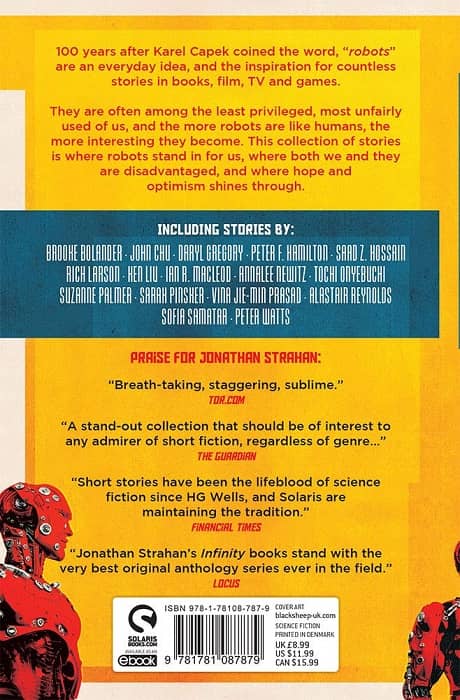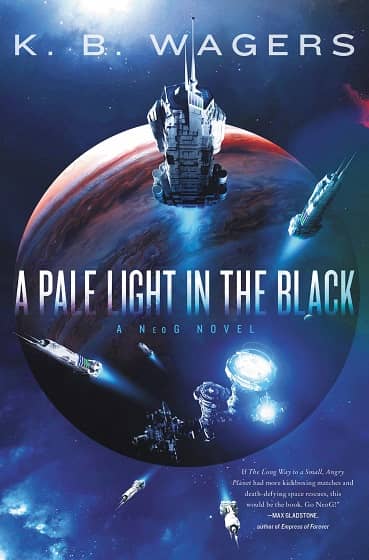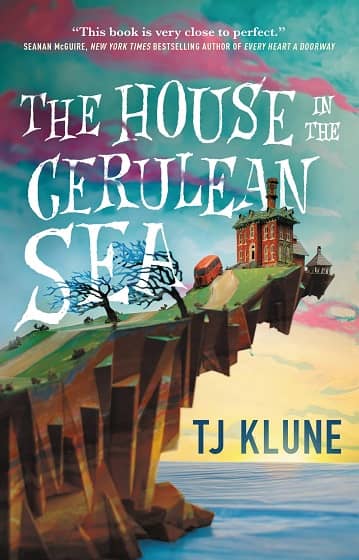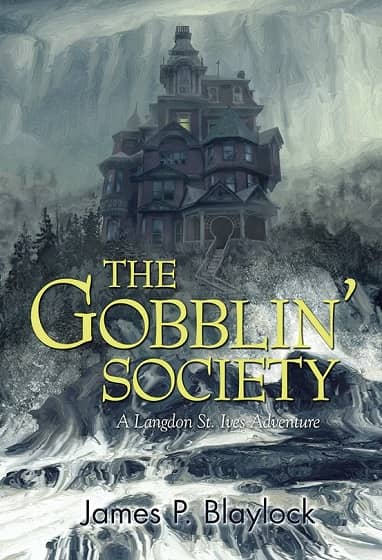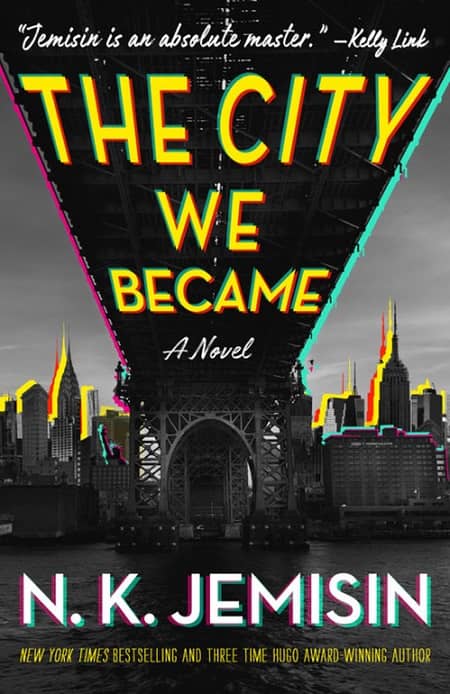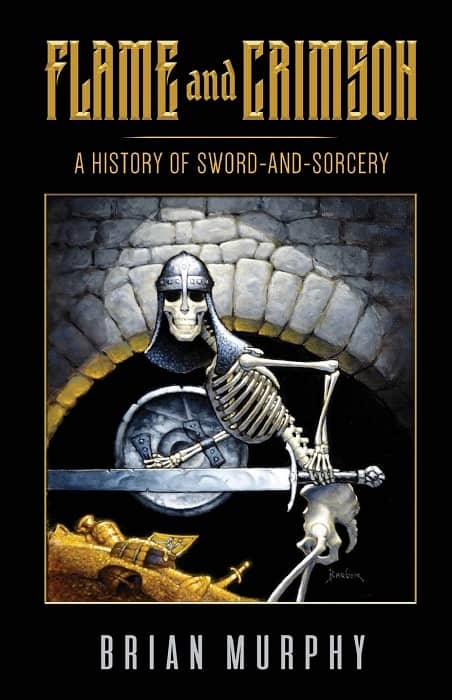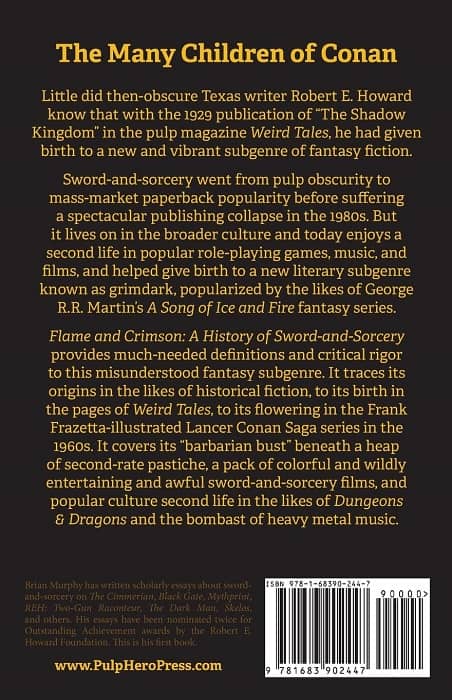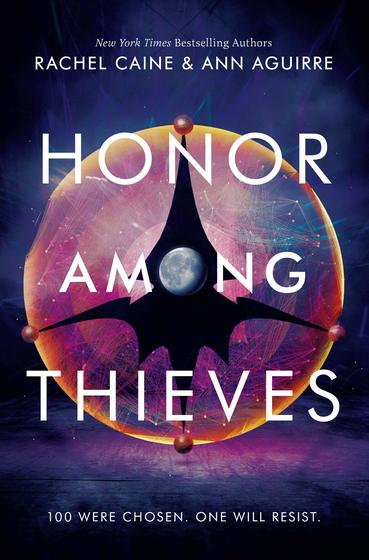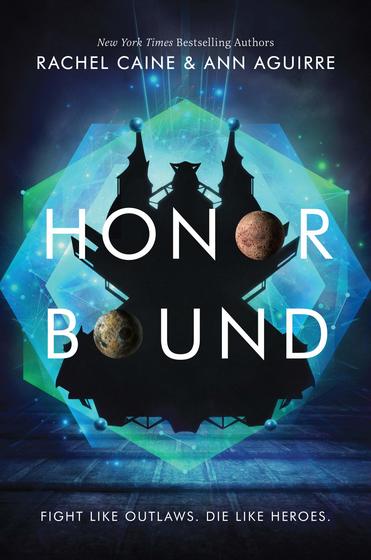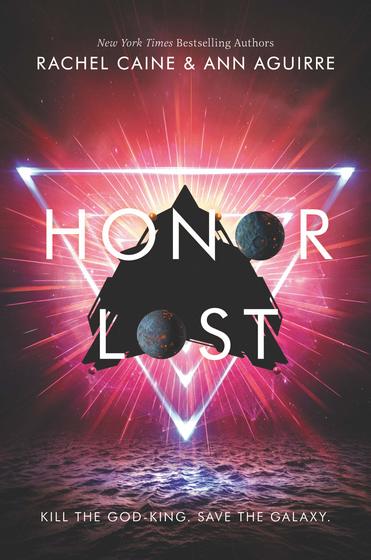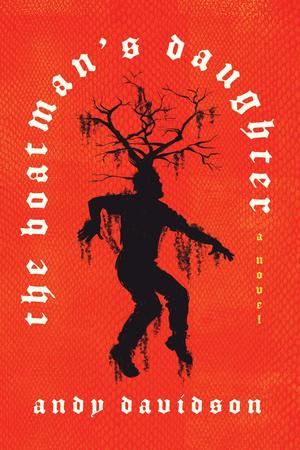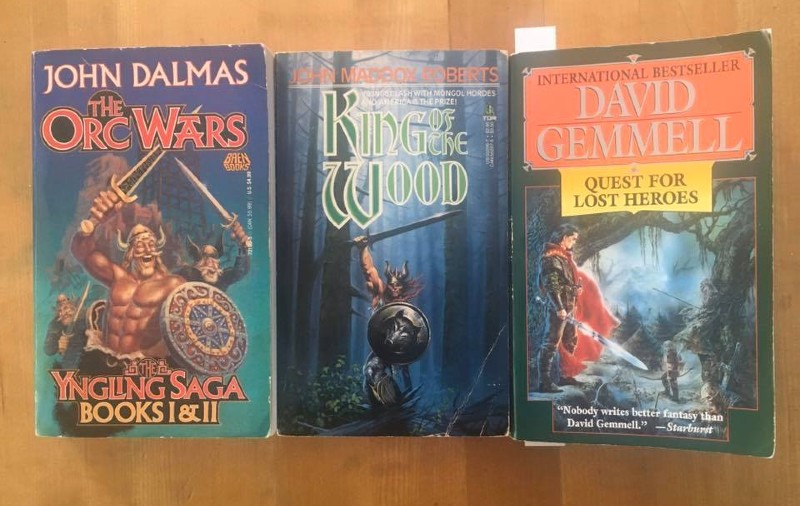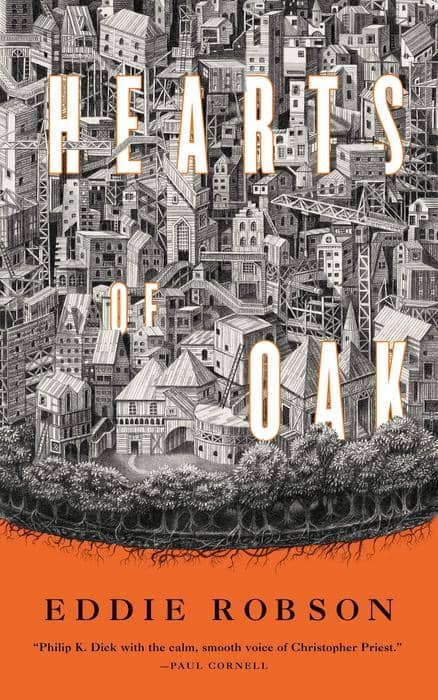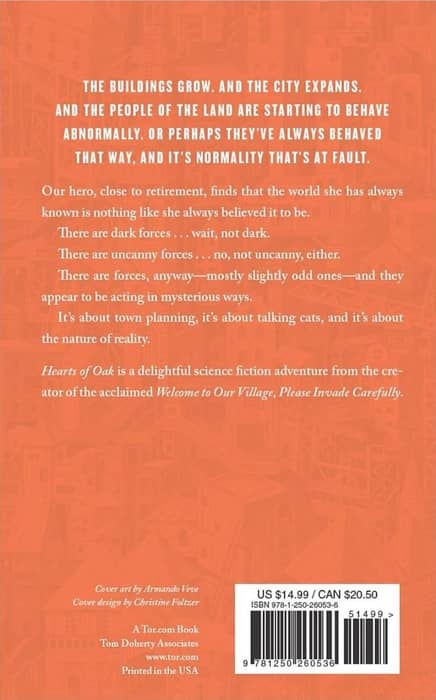A Masterclass in Dystopian Science Fiction: The Worlds Trilogy by Joe Haldeman
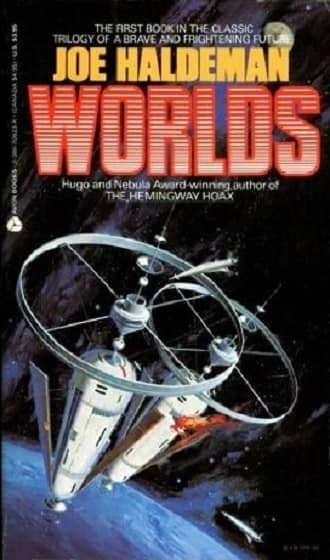 |
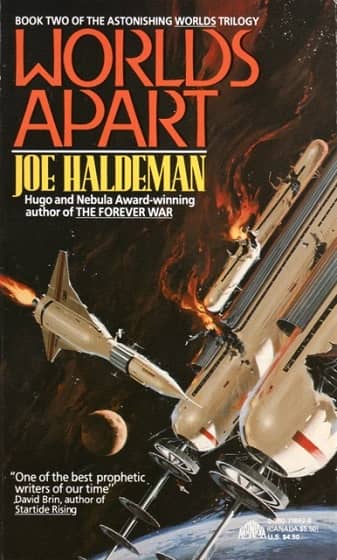 |
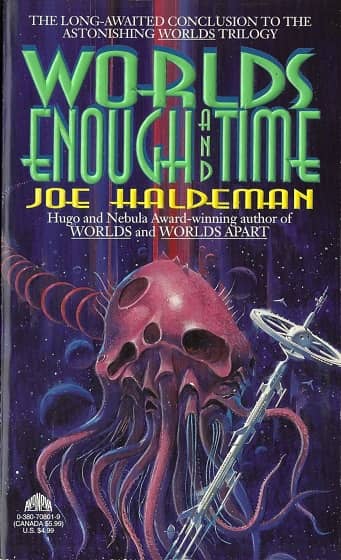 |
Joe Haldeman’s Worlds trilogy, paperback editions from Avon/ AvoNova. Covers by Vincent Di Fate
Are you working from home? Quarantined? Hanging out with a doomsday cult and wondering if the end times have actually arrived? You’re not alone. (Especially if you’re in a doomsday cult — those guys are surprisingly chummy.) But here at Black Gate, our work continues. Classic SF and fantasy isn’t going to promote itself to an increasingly chaotic world. That’s our job.
Today I’m looking at a forgotten trilogy from an author who is very definitely not forgotten. Joe Haldeman became an SFWA Grand Master in 2010, the highest honor one can attain in our field. In 2012 he was inducted as a member of the Science Fiction Hall of Fame, and he’s won virtually every major science fiction award. His most famous novels include The Forever War (1974), The Hemingway Hoax (1991) and Forever Peace (1997).
In 1981 he wrote the opening novel in a trilogy about life in an orbital habitat, Worlds. It was followed by Worlds Apart (1983) and Worlds Enough and Time nearly a decade later (1992). All three were shortlisted for the Locus Award. The Portalist calls the trilogy “an epic sci-fi saga… a masterclass in dystopian science fiction,” and last July they published an excerpt from the first novel to help promote the release of digital versions of all three books from Open Road Media. Here’s an excerpt from Xavier Piedra’s helpful recap of the whole series.
